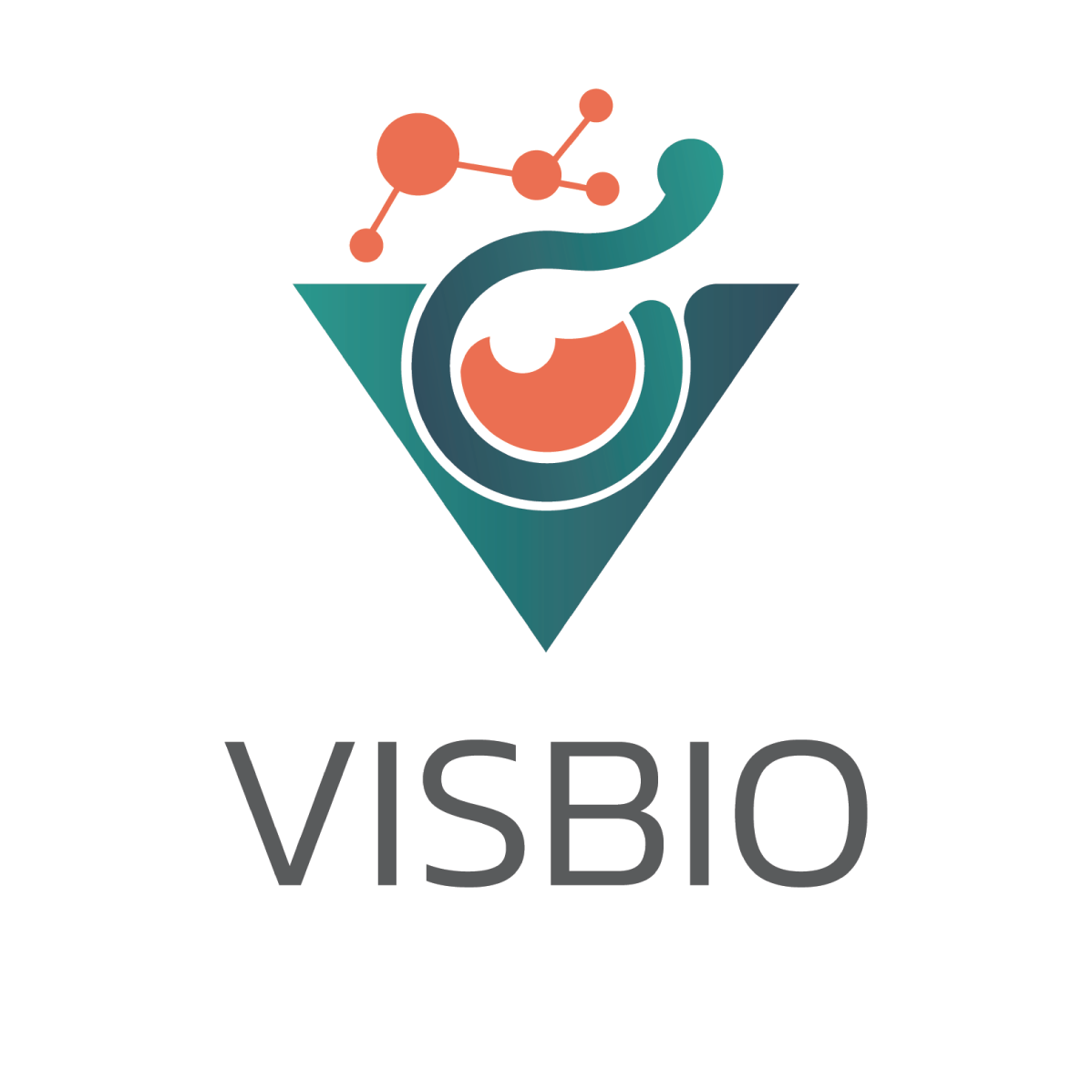The global fight against cancer is a continuous quest for more precise, more effective, and safer therapeutic strategies. One of the most critical targets in modern oncology is the Human Epidermal Growth Factor Receptor 2, or HER2. When the HER2 gene is amplified, it leads to the overexpression of the HER2 protein on the cell surface. This creates an aggressive and uncontrolled signaling cascade that drives the growth, proliferation, and survival of several types of cancer, most notably in about 20-25% of breast cancers, but also in aggressive forms of gastric, ovarian, and colorectal cancers. This article explores a revolutionary study, co-authored by Associate Professor Dr. Kiattawee Choowongkomon, that pioneers a powerful computational approach to drug discovery.
While significant progress has been made with monoclonal antibodies and small molecule drugs that target HER2, there remains a pressing need for new classes of inhibitors that can offer improved specificity and reduced side effects. By leveraging the power of Computationally Designed Peptides, this research moves beyond traditional laboratory methods and into the powerful realm of in silico science. By designing and screening thousands of candidates in a virtual environment, this work has identified a novel class of bioactive peptides with the potential to inhibit HER2 and open a new chapter in targeted cancer therapy.
The Scientific Target Disarming the Engine of Cancer Cell Growth
At the heart of the HER2 protein’s cancer-promoting function is its intracellular tyrosine kinase (TK) domain. This domain acts as the “engine” or power switch of the cancer cell’s growth machinery. When activated, it initiates a powerful chain reaction of phosphorylation signals that command the cell to proliferate uncontrollably and resist programmed cell death. The primary strategy for small molecule cancer drugs, like the FDA-approved Lapatinib, is to physically block the ATP-binding site of this TK domain. This action is akin to cutting the fuel line to the engine, effectively halting the cancer-promoting signals and stopping tumor growth.
This study adopted the same strategic goal: to inhibit the HER2-TK domain but with a groundbreaking and highly efficient toolset. Instead of relying on the traditional, slow, and often serendipitous process of screening thousands of chemical compounds in a wet lab, the researchers embarked on a massive in silico or computational, search for a new kind of inhibitor. Their focus was on a short, naturally-derived tripeptide, a small molecule with the potential for high specificity and a better safety profile than many complex synthetic drugs.
A New Paradigm in Drug Discovery The In Silico Approach
The innovation at the core of this research was the creation and high-throughput screening of a vast virtual library containing all 8,000 possible tripeptides. Tripeptides are small molecules made of just three amino acids, a structure that offers an ideal balance: they are complex enough to achieve highly specific binding to a protein target but small enough to have favorable drug-like properties and potentially lower toxicity compared to larger, more complex synthetic drugs.
Using a powerful computational technique called molecular docking, the research team simulated how well each of these 8,000 virtual peptides could bind to the critical ATP-binding pocket of the HER2-TK domain. This high-throughput virtual screening allowed them to rapidly assess an enormous number of candidates in a fraction of the time and cost of physical screening. This process transformed the initial stage of drug discovery from a search for a needle in a haystack into a precise, data-driven filtering mechanism. The simulations quickly identified a shortlist of 39 tripeptides that showed a higher predicted binding affinity than a known control compound, providing a manageable number of high-potential candidates for further investigation.
From Virtual Promise to Real-World Proof The Kinase Assay
While computational predictions are invaluable for narrowing the field, the true test of an inhibitor’s efficacy must happen in the laboratory. Based on the strength of their predicted binding energies, the researchers selected five of the top-ranking candidates—WWW, FWW, WFW, FYW, and FFW—for physical synthesis and in vitro testing. They performed a kinase assay to measure the real-world ability of these peptides to inhibit the function of the HER2-TK enzyme.
The results provided a powerful validation of the computational model. All five selected peptides demonstrated significant inhibitory activity, reducing the enzyme’s function by over 50% at a 4 mM concentration. Among them, the tripeptide WWW (composed of three Tryptophan amino acids) emerged as the most potent of the newly discovered peptides. It exhibited a half-maximal inhibitory concentration (IC50) of approximately 283 µM. For context, another tested peptide, FYW, was significantly less potent, with an IC50 of approximately 1723 µM.
It is important to note that while this represents a significant discovery of a completely new, peptide-based inhibitor class, its initial potency is less than that of the highly optimized pharmaceutical drug Lapatinib (IC50 ≈ 40 nM). However, the WWW peptide provides an excellent and novel foundation, or “lead compound,” for future therapeutic development and optimization.
Deconstructing the Interaction The Molecular Blueprint for Inhibition
To understand why these peptides were effective, the researchers conducted even more advanced computational analyses, including 100-nanosecond molecular dynamics simulations. These simulations go beyond a static snapshot, revealing how the peptides move and settle into the binding pocket over time. The results showed that the binding of the peptides to HER2-TK is overwhelmingly driven by van der Waals forces—a type of non-polar, hydrophobic (“water-fearing”) interaction.
This insight is critical for future drug design, as it provides a clear “molecular blueprint” for what makes an effective inhibitor for this target. The study identified several key amino acid residues within the HER2-TK binding pocket, such as Leu726, Val734, Leu852, and Phe864, that form these crucial hydrophobic bonds with the peptide inhibitors. By understanding these precise molecular interactions, scientists can now rationally design and optimize future peptides to bind even more tightly, remove non-essential components, and ultimately achieve greater potency, potentially rivaling that of existing drugs.
The Commercial Horizon for Computationally Designed Peptides
This research is more than an academic exercise; it is a proof-of-concept for a powerful R&D engine capable of generating novel, patentable therapeutic candidates. For pharmaceutical and biotechnology companies, this represents a significant commercial opportunity.
- A New Pipeline for Oncology Drugs: The validated in silico screening platform provides a rapid, cost-effective method for discovering new bioactive peptides targeting not only HER2 but potentially other kinase-driven cancers, creating a pipeline of new drug candidates.
- Developing Safer Therapeutics: Peptides are often associated with higher specificity and lower toxicity than traditional small molecule drugs. The WWW peptide provides a promising starting point for developing a new class of anti-cancer agents that could be used as a standalone therapy or in combination with existing treatments to improve outcomes and reduce side effects.
- Strategic Investment in Innovation: This level of advanced research and development allows for the creation of first-in-class therapeutics with strong intellectual property positions, creating significant long-term value and a formidable barrier to competition in the oncology market.
Partnering with VISBIO to Pioneer the Future of Oncology
At VISBIO, our expertise lies in identifying and nurturing groundbreaking scientific discoveries like this one and guiding them through the complex journey of product development and commercialization. We see the immense potential in this computational discovery platform and the novel HER2-inhibiting peptides it has produced. Translating this preclinical success into a clinical reality requires strategic partnership, investment, and a deep understanding of the pharmaceutical landscape. We invite biotechnology firms, pharmaceutical companies, and investors to join us in advancing this exciting technology. Contact us for a free, no-obligation consultation to explore how we can collaborate to turn this innovative research into a life-saving therapy.

About the Author:
Associate Professor Dr. Kiattawee Choowongkomon is a leading expert in biochemistry and proteomics, specializing in the development of bioactive compounds for therapeutic applications. His research bridges traditional medicinal knowledge with modern scientific innovation, creating impactful health solutions.


